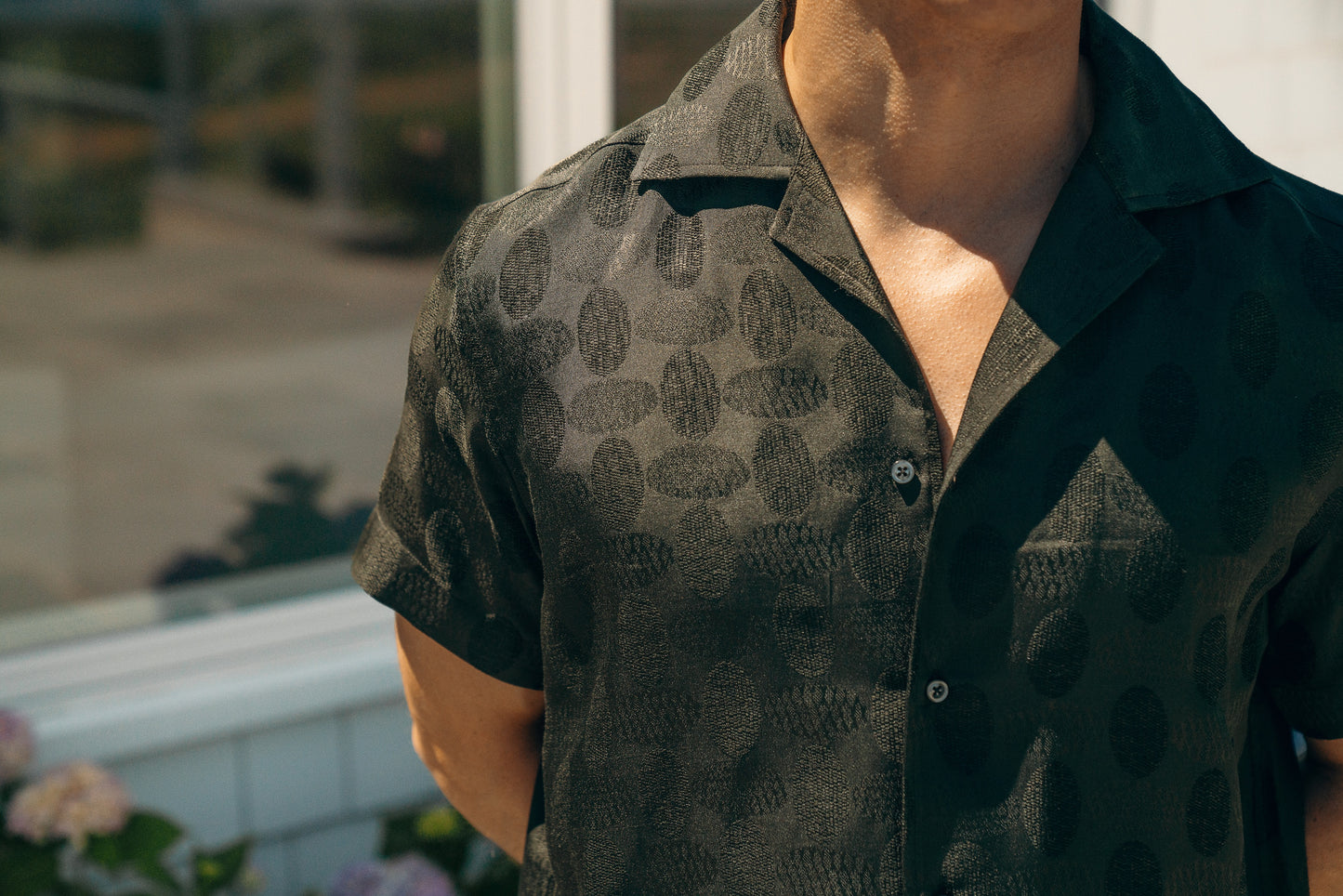Blog
WvG’s Beanie & Scarf Charity Drive: Warmth, Craft, and Care for Children
At Wolf vs Goat, we’ve always believed that clothing can do more than cover the body… It can make real change.The way a piece is made matters. The people behind it matter. And when a brand has the ability to create comfort, it should also find ways to extend that comfort to those who need it most. This winter, we’re proud to announce the WvG Beanie & Scarf Charity Drive, running November 27 through December 23, in collaboration with the Kiwanis Brooklyn Division. For every beanie and scarf purchased at retail price during this period, we will donate one beanie and...
Seam-Free Luxury: How We Knit WHOLEGARMENT® Sweaters — And Why 6-Ply Feels Different
The best knitwear is equal parts engineering and artistry. At WvG, we use WHOLEGARMENT® technology for select garments, developed by Shima Seiki in Japan, to produce sweaters that are knit entirely in three dimensions — no panels, no seams, no excess. Instead of linking separate pieces together, each sweater emerges from the machine as a single, continuous form. The result is a seamless garment that fits better, wastes less, and lasts longer. What Is WHOLEGARMENT® Knitting? WHOLEGARMENT® knitting eliminates side seams and linking. Every sweater is knit whole — directly from cone to finished form. This seamless process has two...
Inside Our Winter Beanies: Italian Spinning, Rare Fibers, and Expert Construction
Every WvG beanie begins long before it reaches the knitting floor. From sourcing rare fibers to calibrating stitch tension, each decision shapes how the final piece performs — not just how it looks. Our approach merges Italian spinning, small-batch craftsmanship, and fiber engineering into a single discipline: technical knitwear built for real use. From Fiber to Yarn We start with material integrity. The fibers come from Inner Mongolia and select Italian mills known for small-run production and meticulous quality control. Each yarn is developed for a specific purpose — density, warmth, elasticity, or sheen — and spun in limited batches...
Sweater Weather, Elevated: Understanding Fabrics, Weights, and Knits
Sweater weather no longer means one season or one fiber. Today’s knitwear spans from lightweight summer layers to dense winter outerwear. The difference lies in the material, the weight, and the knitting style. Cotton, Linen, and Year-Round Comfort Cotton remains a foundation for spring and early fall. Medium-weight knits made from compact cotton yarns balance breathability and structure. Thicker cottons, often used in sweatshirts, add insulation without synthetics. Linen dominates warm-weather knitwear because of its ability to release heat and moisture. An open or loose-knit linen sweater performs better in summer than a synthetic tee. Wool, Yak, and Cashmere for...




